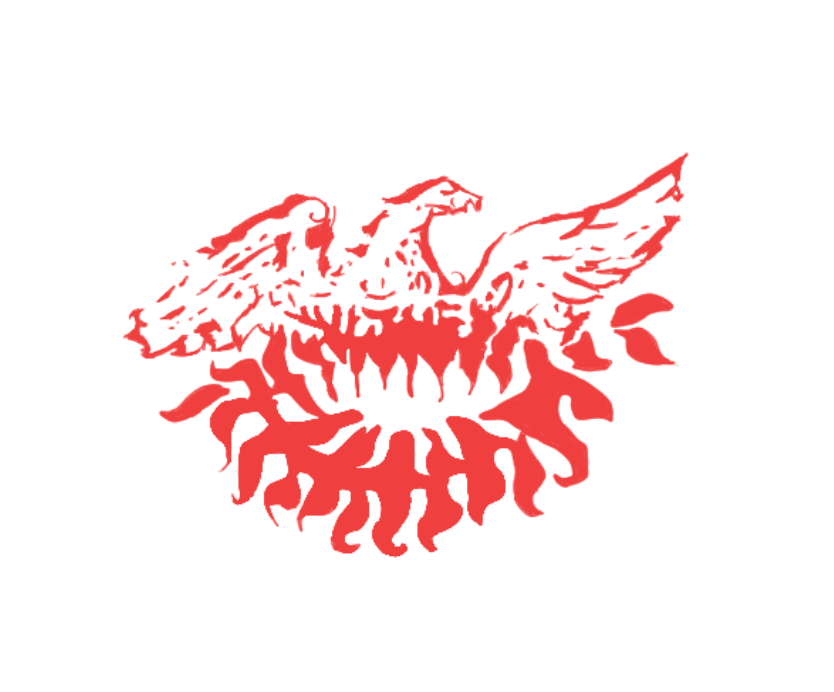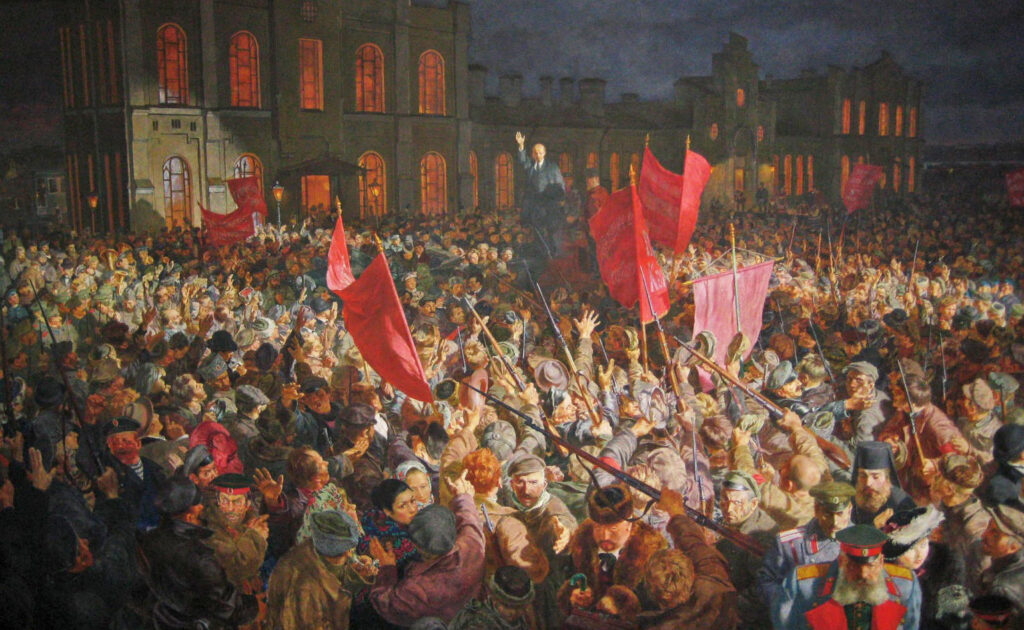László Molnárfi
For Red Network magazine issue 3, written 11/09/2025
The capitalist mode of production, defined by the private ownership of the means of production and the anarchy of the market, relies on the exploitation of the working-class. The few, in their pursuit of profit, subjugate the many. This is an unsustainable system which leads to imperialist wars of expansion, austerity imposed on the working-class and poverty, illness and premature death. The alternative, the socialist system, is based on the common ownership of the means of production, and a planned, rational economy in which everyone’s needs are met and profit is not pursued. How do we get from Point A to Point B?
In a given society, there are members of the working-class who are progressive, apolitical and reactionary. The development of a vanguard, as such, is a logical axiom. Dispersed across communities are revolutionary-minded individuals who are organic leaders in the push for the overthrow of capitalism and the transition to socialism. As a by-product of the subjugation of the working-class by the ruling-class arises the class-conscious elements of society, who form the potentiality of revolution, and if the material, ideological and organizational aspects align as a historic moment, transition to the actuality of revolution. This act of escape from the yoke of Capital can be understood as a circuit-breaker to the irrationalism of the market economy that self-organizes and, amassing enough strength, forms an exit route from capitalism.
There are a few misconceptions about the vanguard. This term has become a bit of a cliché; a small group of students, selling a newspaper, cosplaying as revolutionaries comes to mind. However, what we are talking about here is the objective movement of history when class-conscious forces, united as a cohesive force, exert a decisive influence on the course of events.
The vanguard is thus not declared from above. Any group which claims to be a vanguard, and insists that it will be the one to carry out a revolution is lying. It is, rather, a historical moment in which an organization which has (1) amassed the elements of society who are class conscious (2) is ideologically cohesive under the banner of Marxism adapted to the country’s specific circumstances and (3) in this way exerts decisive influence on the working-class in the struggle for revolution through the correct tactics, strategies and theories. In Ireland, there is no vanguard, only a fractured proto-vanguard, ideologically and organizationally separated, in an embryonic form. People who want to overthrow capitalism are unorganized, spread across society, or isolated in smaller groups, and there is no socialist programme around which revolutionaries can unite. The organic unity of class conscious elements in society, rather than their dispersion, is a precondition for a revolutionary movement.
The emergence of a vanguard, in an objective movement of history, takes up different forms. Famously, it is the revolutionary party which encapsulates the vanguard, as was the case for the 1917 October Revolution. In that case, it was the Bolshevik Party, followed by the Left Socialist-Revolutionaries and unaffiliated anarchists which encapsulated the vanguard. In Revolutionary Catalonia from 1935-1936, it was the Confederación Nacional del Trabajo – Federación Anarquista Ibérica (CNT-FAI) organization, the anarchosyndicalist current which encapsulated the vanguard, but hesitated to take power. In history hitherto, the class conscious elements of society have always organized themselves as a militant minority, who hope to reach out to the working-class and secure their support for a revolutionary movement. Through ideological clarity, specifically through the use of a Marxist-infused framework which stresses class struggle as a defining feature of history, the class-conscious forces can introduce their politics to the wider working-class.
The vanguard is neither too lax, nor too strict in its politics. It is organized around the idea of overthrowing the capitalist class, but there are differences of opinion on tactics, strategies and theories. It is a democratic organization. A true revolutionary organization also acknowledges that it is not infallible. Do not trust organizations which, under the guise of promoting revolutionary discipline, descend into dogma. Mistakes can be made. For instance, Vladimir Lenin considered the Bolshevik’s non-participation in the Duma from 1906-1908 to be such a mistake. There is no objective science which can determine the best course of action as any human judgement is a subjective perception of reality and will thus be liable to making mistakes. Thus, the vanguard promotes criticism and self-criticism. It always strives to evaluate its own position and refine its judgments.
Importantly, the vanguard does not overthrow the capitalist system by itself. The vanguard merely refines the working-class movement and crafts the best tactics, strategies and theories, forming the mass line. It can be conceived of as the collection of organic intellectuals within society, who are class-conscious, and bi-directionally interact with the wider working-class. Once the capitalist system has been overthrown, the vanguard participates in revolutionary structures but does not forcibly impose itself on the working-class by decree.
What sort of tactics, strategies and theories should revolutionaries in Ireland promote? The first task is to turn towards the working-class and away from campuses. Students have an exaggerated sense of self-importance in the movement. It is the working-class, and its situatedness within society, which can threaten Capital by virtue of its primary position in the labour process. This is why the Red Network split from People Before Profit (PBP), hoping to embed itself organically within the working-class communities and its movement. Having turned to the working-class, there should be participation in elections, trade unions and organic campaigns in order to raise class consciousness. By this process, revolutionaries come together as a cohesive force in both an organizational and ideological manner, building towards the revolutionary transition from capitalism to socialism.




